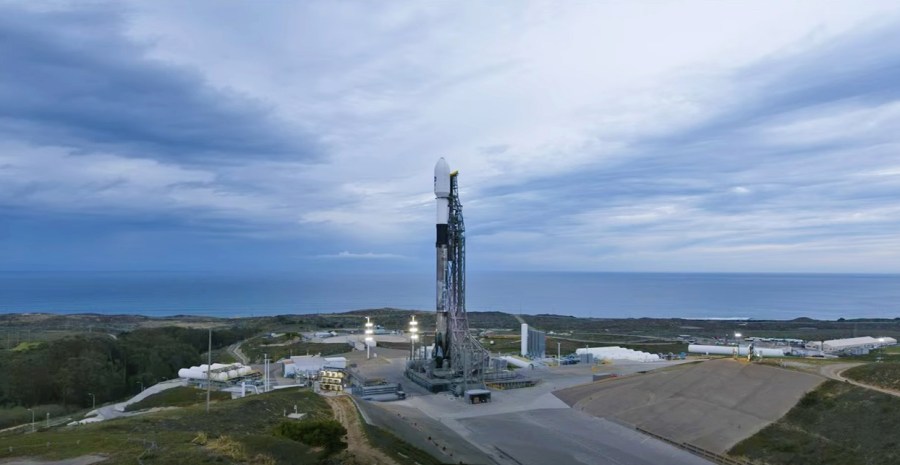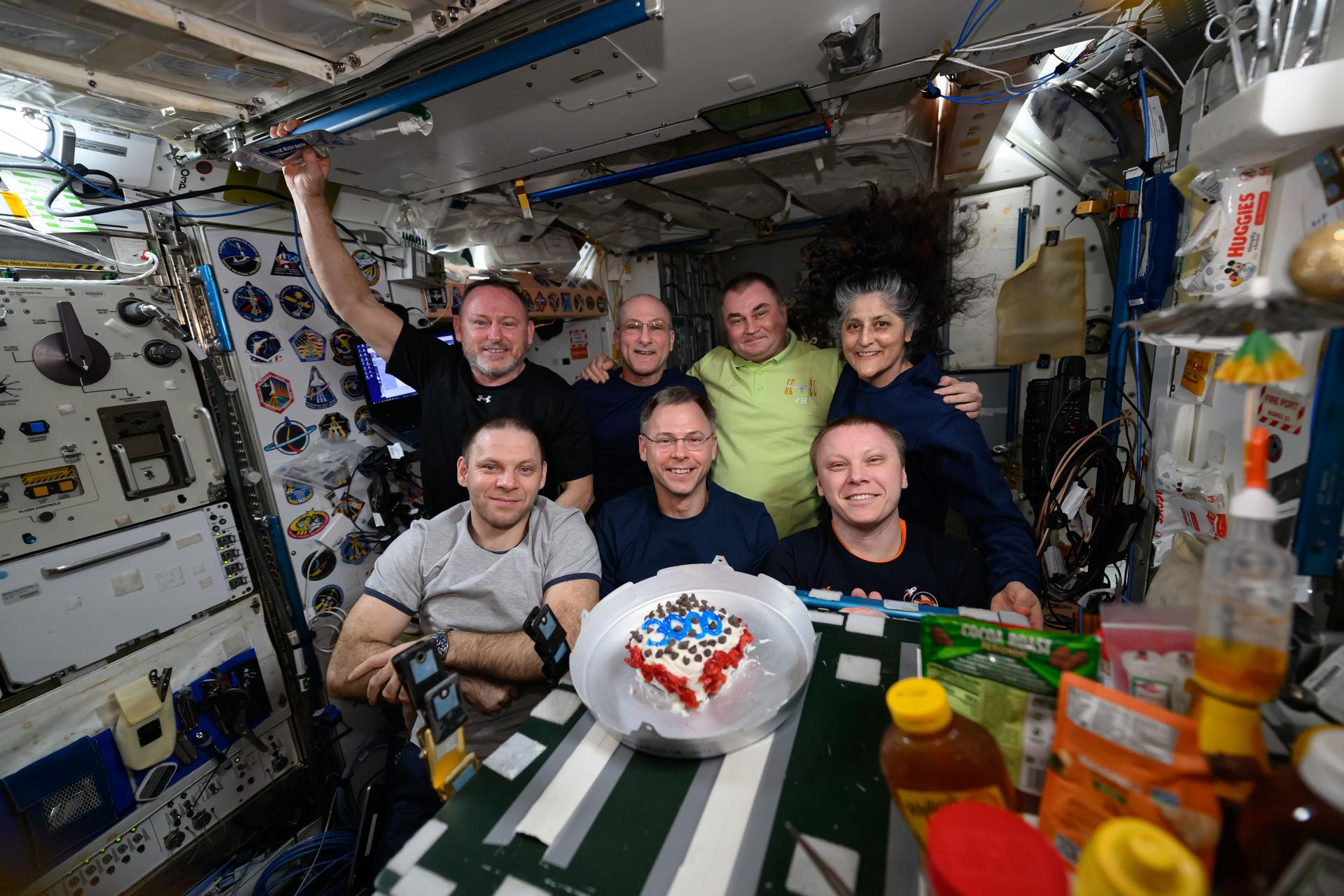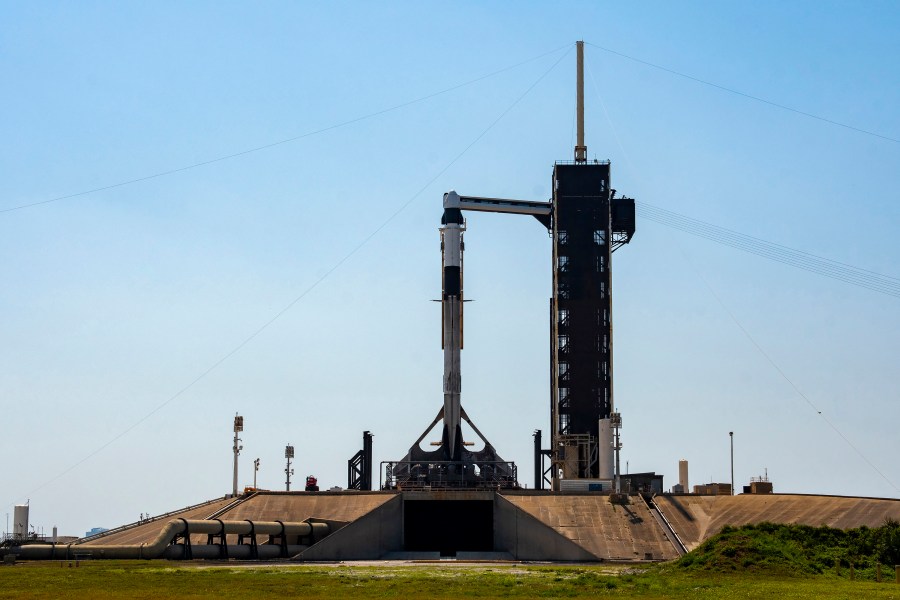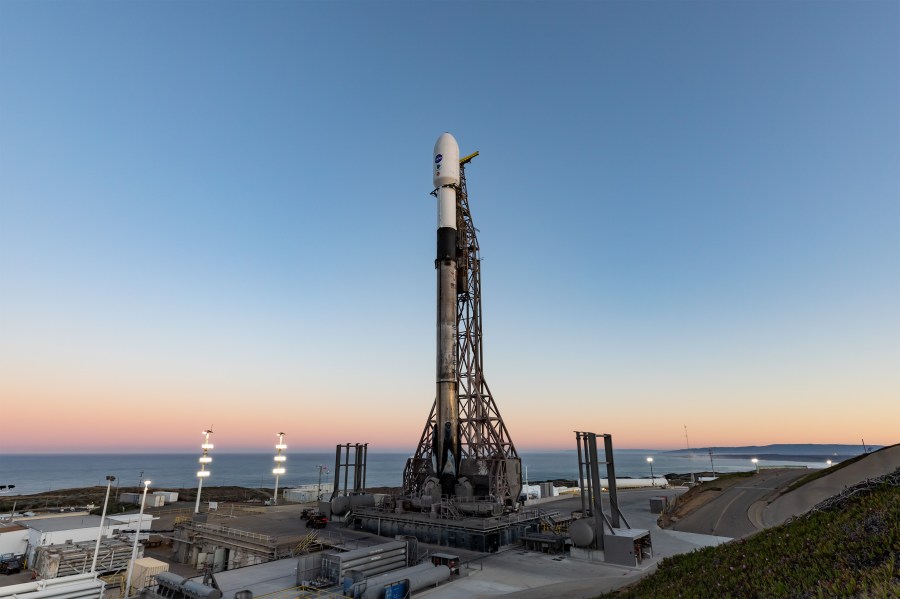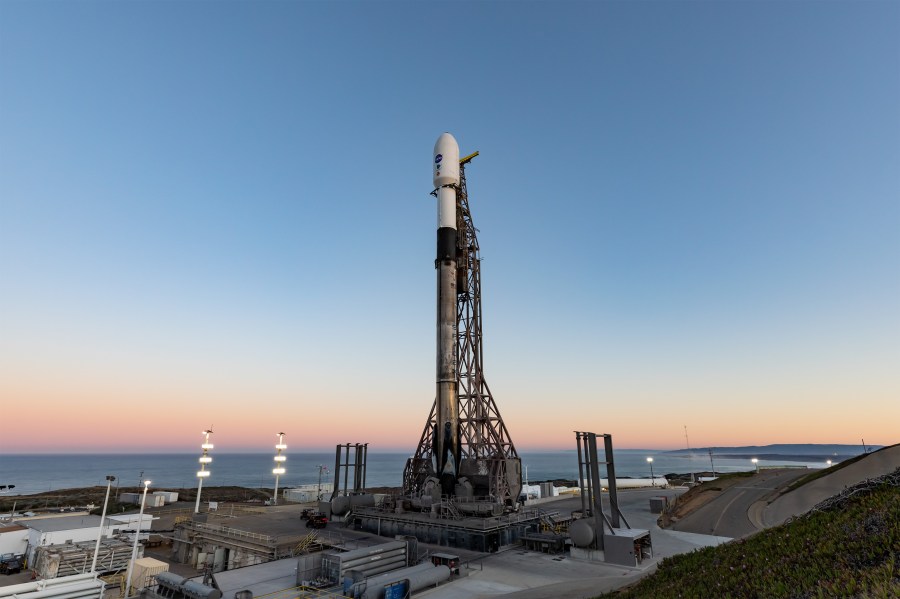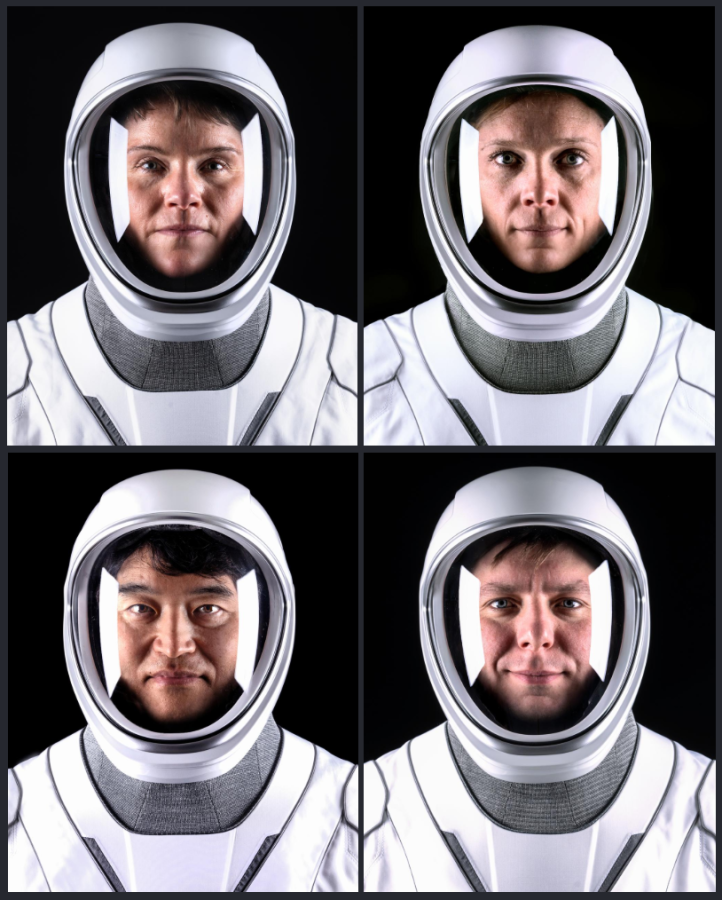NASA is targeting 11:10 p.m. EDT (8:10 p.m. PDT) for launch of the agency’s SPHEREx (Spectro-Photometer for the History of the Universe, Epoch of Reionization and Ices Explorer) and PUNCH (Polarimeter to Unify the Corona and Heliosphere) missions. The SPHEREx observatory and the rideshare PUNCH satellites will lift off aboard a SpaceX Falcon 9 rocket …
Weather 20% Favorable for Today’s Launch
